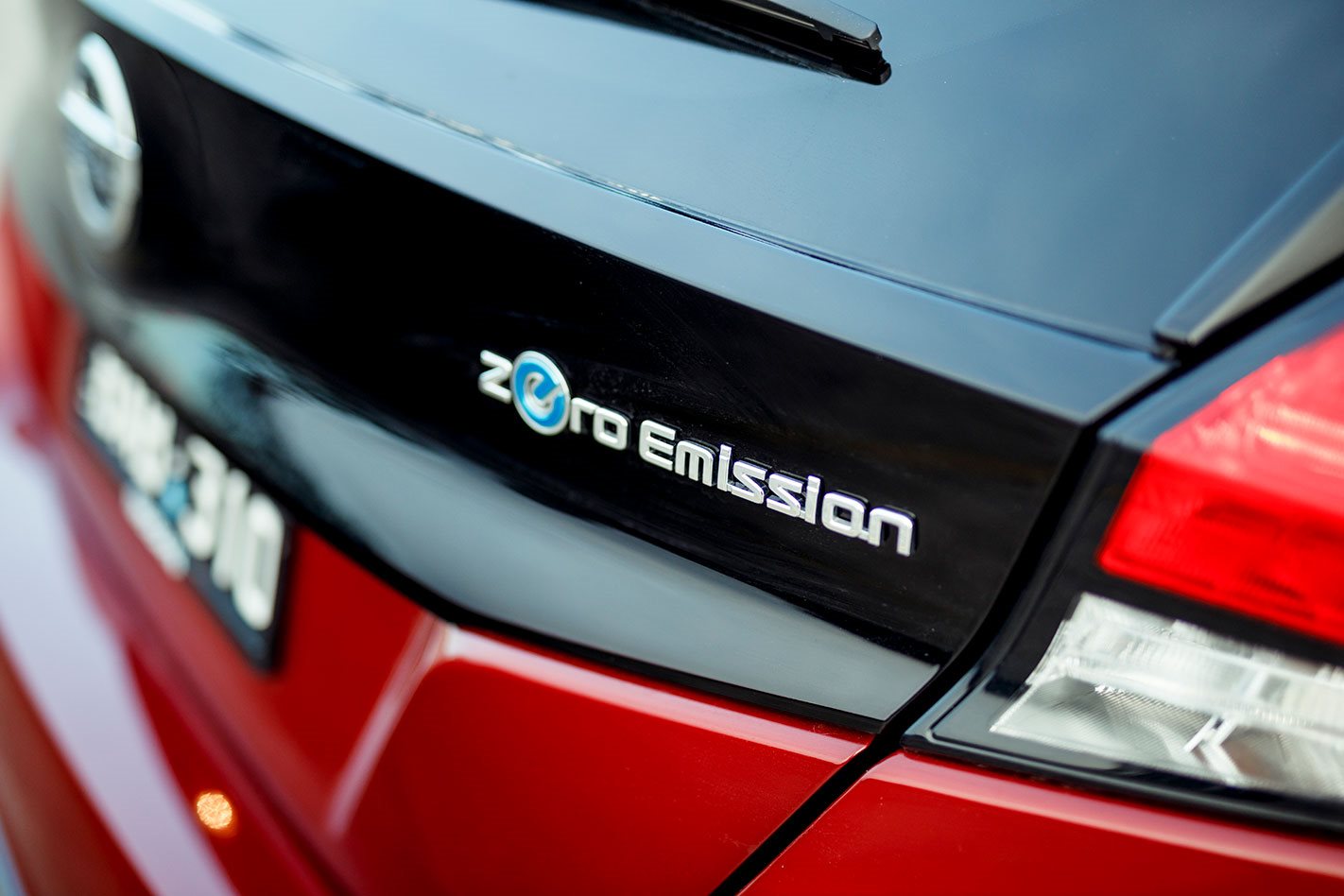
Euro 7 emissions standards. This is the big one – ‘the end of combustion-engined cars’ in Europe. What does it mean for the car industry, which must serve a global market? Read on.
Let’s start here: Hyundai has confirmed a new generation of its petrol-powered i20 N and i30 N hot hatches and Kona N hi-po small SUV is unlikely, due to looming strict Euro 7 emissions regulations in Europe – placing doubt on whether the nameplates will live on at all.
Although the newest i30 Sedan N will live on, Euro 7 has been coined as the death sentence of internal-combustion engine (ICE) petrol and diesel cars – including conventional hybrids – in favour of tailpipe emissions-free battery-electric vehicles (BEVs).

So what is Euro 7 and what does it mean for the car industry?
Euro 7 is the latest vehicle exhaust emissions standard being introduced by the European Union (EU) – set to be enforced from July 1, 2025, for all new mass-produced cars or from mid-2027 for heavy vehicles.
All carmakers must comply with the set limits of each pollutant type (i.e. carbon monoxide, total hydrocarbon emissions, non-methane hydrocarbons, nitrogen oxides, and fine particulate matter), fuel type, and vehicle size in order for new vehicles to be approved for sale in the continent.
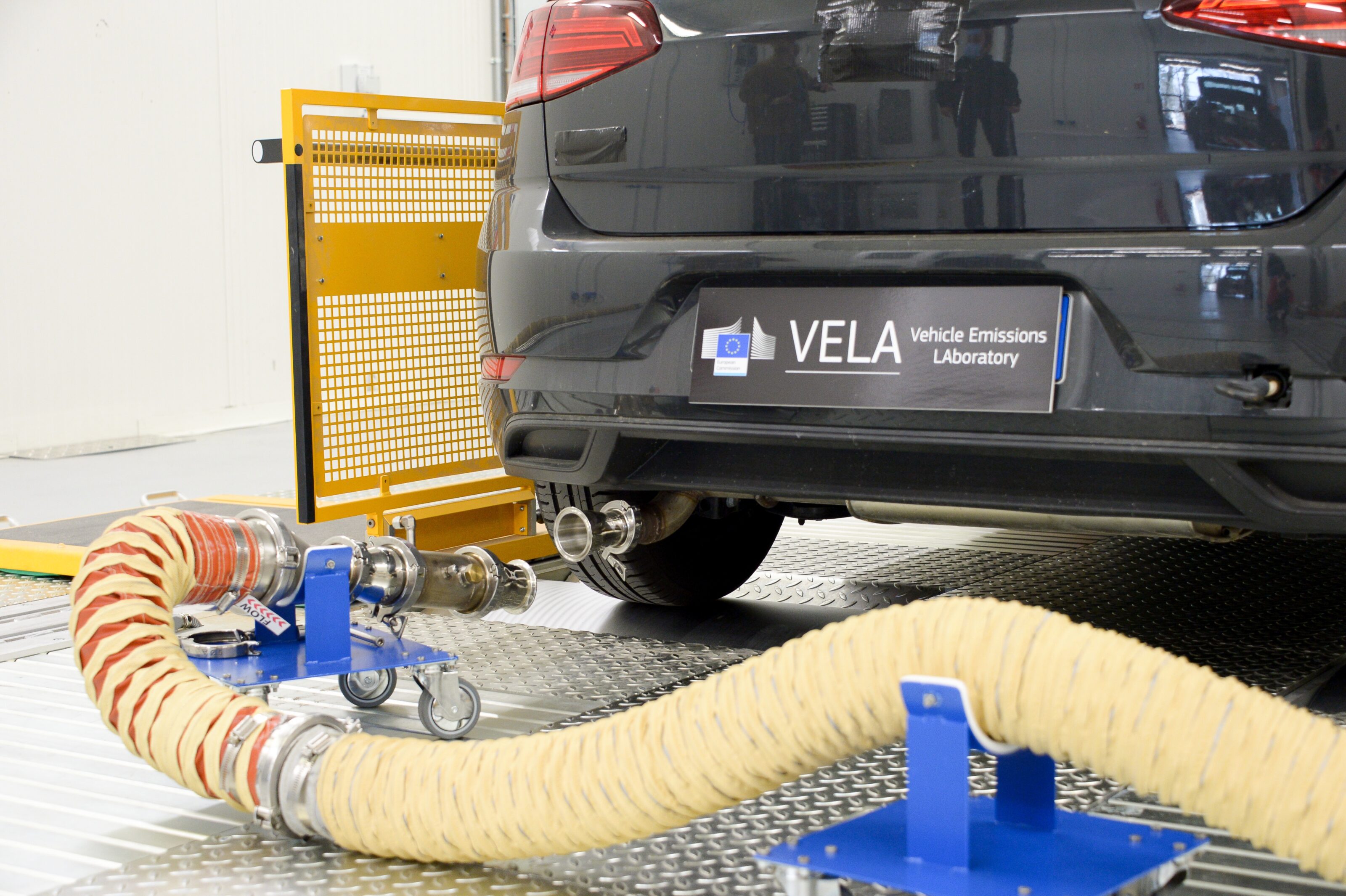
Context: Euro 1 was introduced in 1992, and the current standard is Euro 6, which debuted in 2014.
Locally, the Australian Government has only mandated a more lax Euro 5 – which was released in 2009 – and it continues to be the main standard in new cars sold here today.
Despite this, emissions and noise regulations in Europe still have a flow-on effect on the global car industry.
Why is Europe constantly increasing pressure on emissions regulations?
Within the EU’s 27 member nations, chronic exposure to air pollution from motor vehicles was declared responsible for more than 70,000 premature deaths in 2018 alone – one of the most recent confirmed data sets not affected by COVID-19’s impact on motor travel.
According to the Clean Air and Urban Landscapes Hub consortium of four Australian universities, an estimated 1715 deaths in Australia were attributed to vehicle exhaust emissions in 2015, and contributes to exacerbating wider health issues like respiratory infections, lung cancer and asthma.
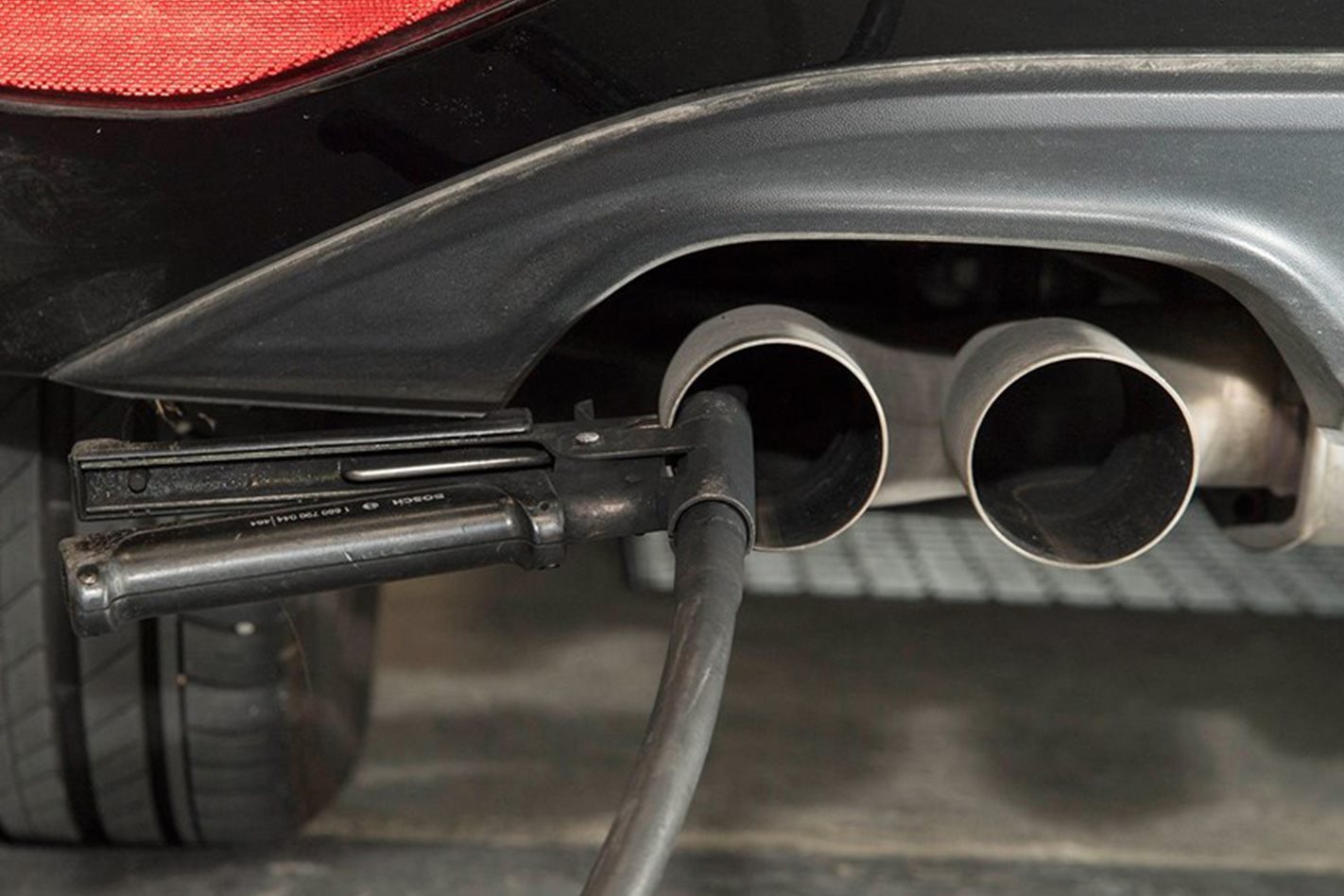
The impending Euro 7 standard will include:
- Stricter exhaust emissions standards – Euro 7 takes the lowest limits from Euro 6 and applies it to all new cars and vans, regardless of fuel type (e.g. diesel and petrol cars must emit no more than 60 milligrams of nitrogen oxides – a 20mg/km cut for diesel)
- Tougher testing protocols – Pollutant levels will be measured during short trips and in ambient temperatures up to 45-degrees celsius
- New tyre and brake emission limits – Measuring particulate matter and setting limits for how much brake dust and tyre particles can be produced by new cars, including fully-electric vehicles
- Assessing lifetime emissions – As engines become less efficient with less clean-burning of pollutants, Euro 7 doubles the period for assessing compliance to 10 years or 200,000km. Automakers must also fit sensors to allow cars to detect engine faults that cause higher emissions.
- Analysing electric car battery longevity – Full EVs and plug-in hybrids will be assessed for how well they retain their battery state-of-health over time to officially address a key concern of battery pack degradation.

How will Euro 7 impact ICE cars?
Although most car brands have promised to go all-in on electric line-ups between 2025 to 2040, it’s argued Euro 7 will accelerate those plans – and destroy the commercial viability of ICE systems in Europe.
In terms of existing internal-combustion-engine technologies, the strict Euro 7 emissions thresholds force automakers to throw even more money at exhaust particulate filters, and downsize engine displacements – or fit more mild-hybrid, hybrid or plug-in hybrid tech to keep selling ICE cars in Europe.
All of these options are costly and complex to deploy as a stopgap when fully-electric propulsion is inevitable – and very few carmakers’ accountants and shareholders would stand for it.
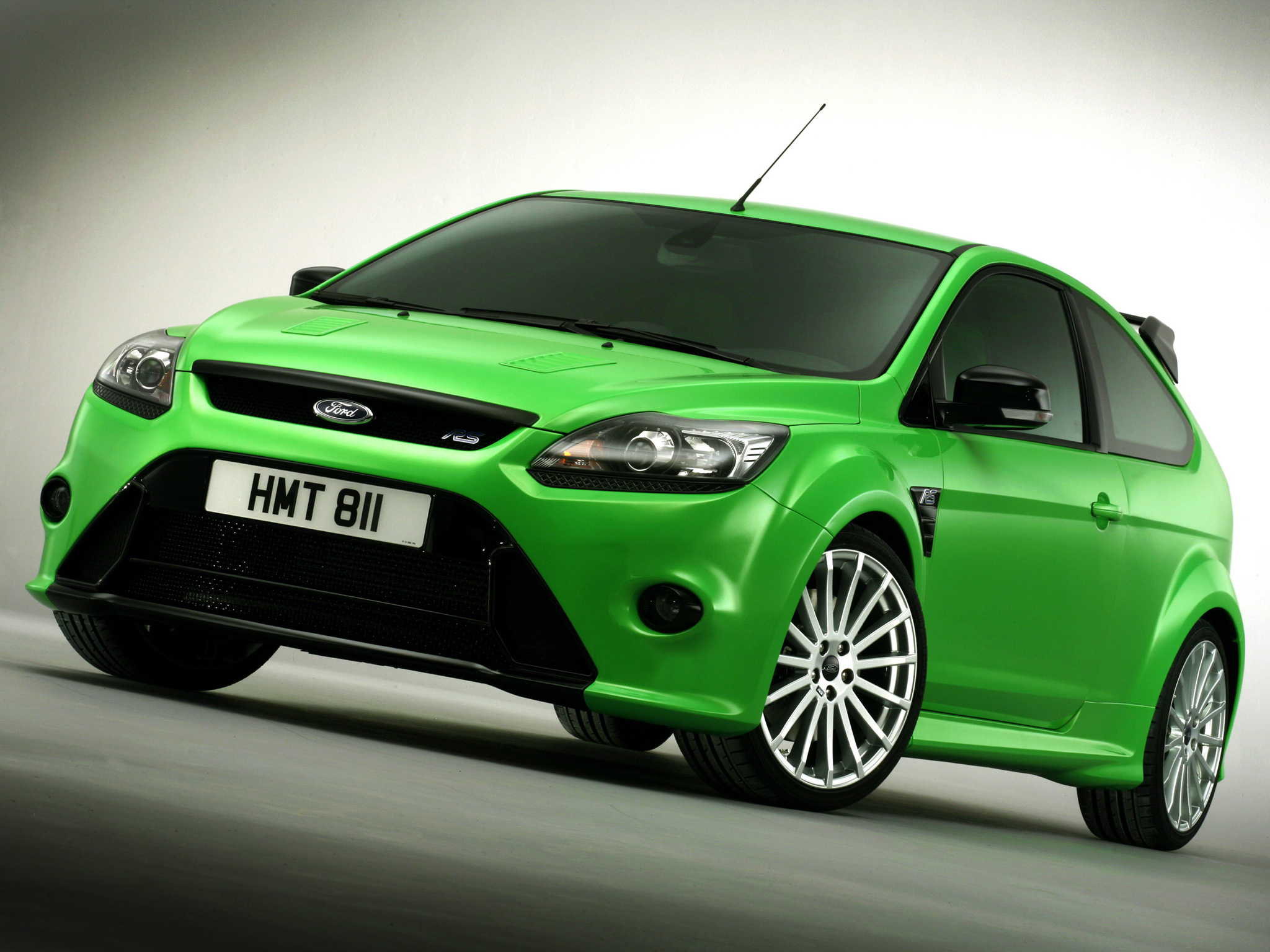
For example, Ford axed the Focus RS badge in 2020 – due to the high cost of electrifying a low-volume model just to meet increasingly stringent emissions standards and avoid being taxed for exceeding fleet average thresholds, it told Carscoops.
It looks to be a similar story with the current Hyundai i20 N, i30 N and Kona N trio unlikely to comply with Euro 7 and may not live on with petrol-only power for the next-generation, Hyundai told CarExpert.
Even before that, Nissan revealed it will soon end the development of combustion engines, while Volkswagen has recently confirmed it is planning plug-in hybrid and pure-electric versions of the new Amarok ute to maintain its availability when Euro 7 kicks in. Likewise, the future of the VW Golf appears to be hanging in the balance.
The list of brand evaluating the viability of their ICE models in the immediate future, goes on.
Make no mistake: As car companies invest heavily in electrification – forcing a long and hard look at the books – low-volume and low-margin models are being ditched or heavily partnerised to maintain profitability and keep the stock markets happy…ish.
In the meantime, small city hatches like the Mitsubishi Mirage, Ford Fiesta and regular Renault Megane are already gone, niche sports cars like the new Subaru BRZ, Toyota GR86 and Nissan Z still use modified underpinnings and engine designs from their decade-old predecessors, and wagons are on life-support with only a tiny handful of models left from dedicated carmakers.
With Euro 7 forthcoming, the business case to keep selling ICE models becomes even less viable.
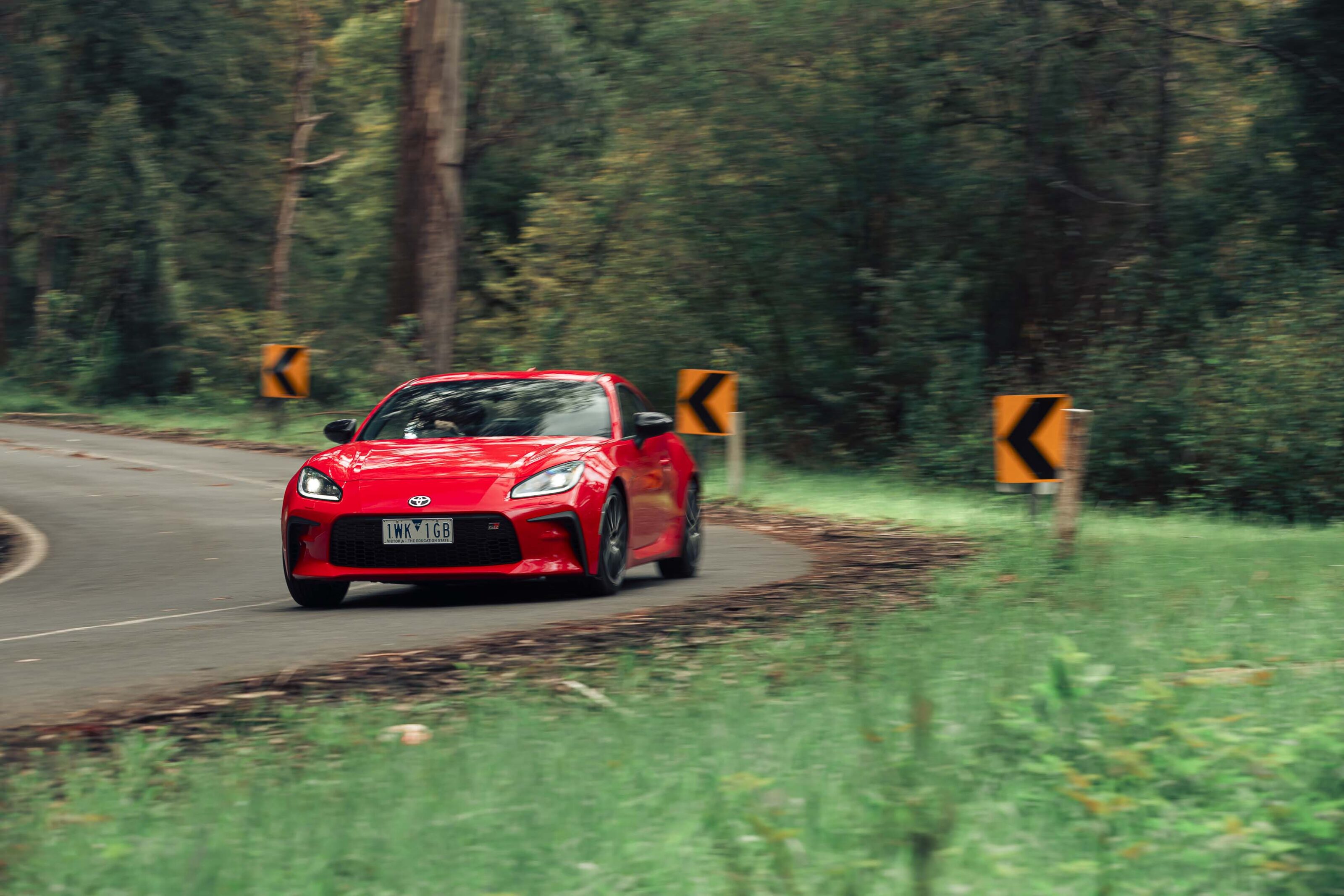
Is it time to switch to an EV?
So, the future of A-to-B travel, at least as it applies to motor vehicles, is inevitably all-electric.
While the long-term ownership and running costs are already cheaper than ICE today, EVs are still pricier to buy upfront – and there are concerns around charging infrastructure.
Thankfully, increased demand and competition in Australia is slowly-but-surely driving price tags down, battery makers are developing lower-cost, more sustainable and durable pack chemistries to combat rising material costs, and public charging networks continue to expand – even though charging at home is the preferred, easiest and most cost-effective way.
Then, there’s the question of whether all electric cars are boring to drive…
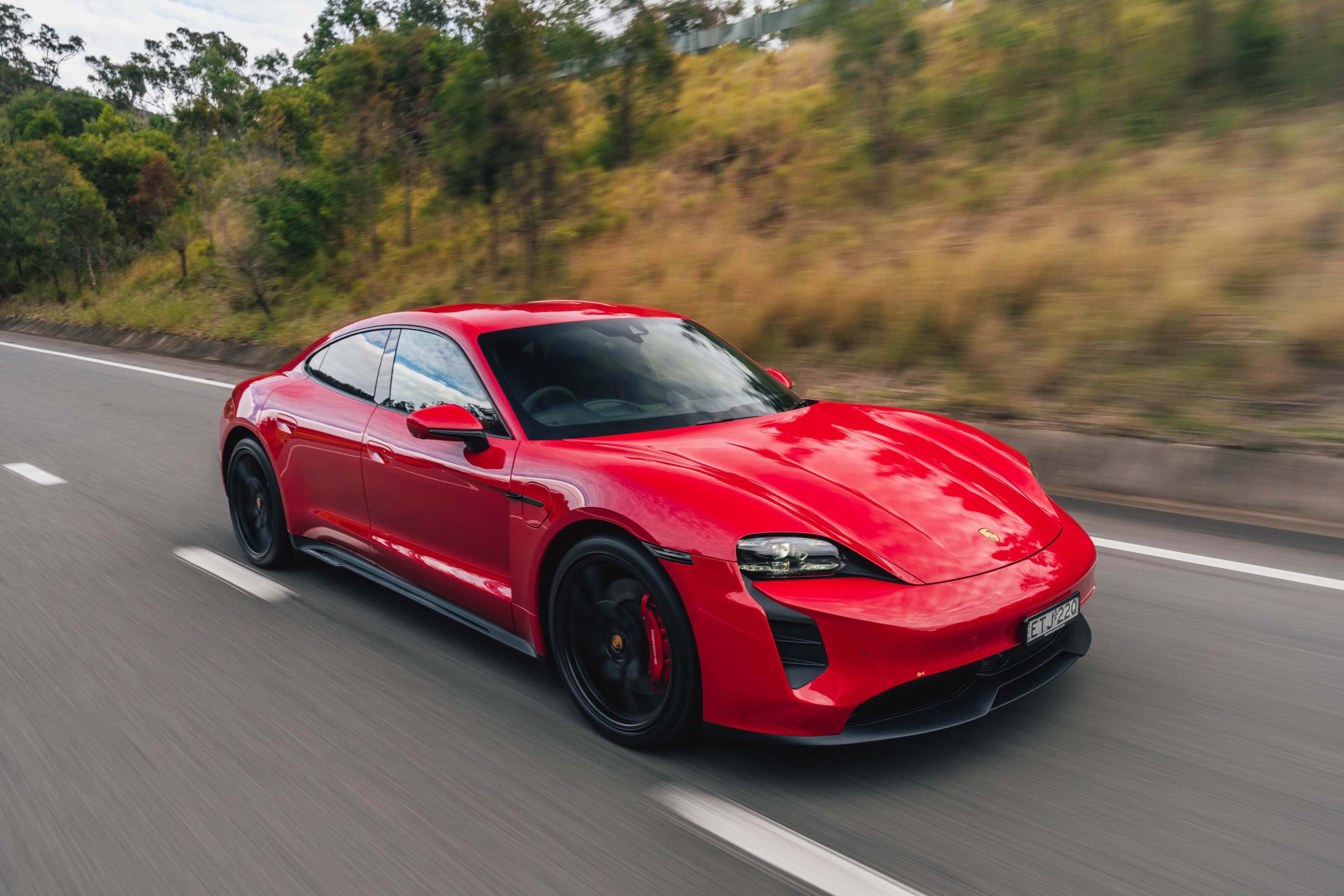
Brands like Kia, BMW and Porsche already employ artificial futuristic driving sounds to mimic that sensation of revving up an engine, and some high performance EVs have two gears to improve acceleration times.
Hyundai is even developing a virtual dual-clutch ‘N e-shift’ system that gives the same jolts and downshift body vibrations as ICE cars, while Lexus is working on a simulated EV manual transmission with a clutch pedal.
As with all new technologies, EVs will not be the same ICE cars we’ve been driving for a century and there are still key hurdles to adoption in this relatively early phase. But, with forthcoming Euro 7 standard and other emissions, noise and fuel economy mandates from other countries, new ICE cars are poised to become a niche offering – just as EVs are today.
We recommend
-
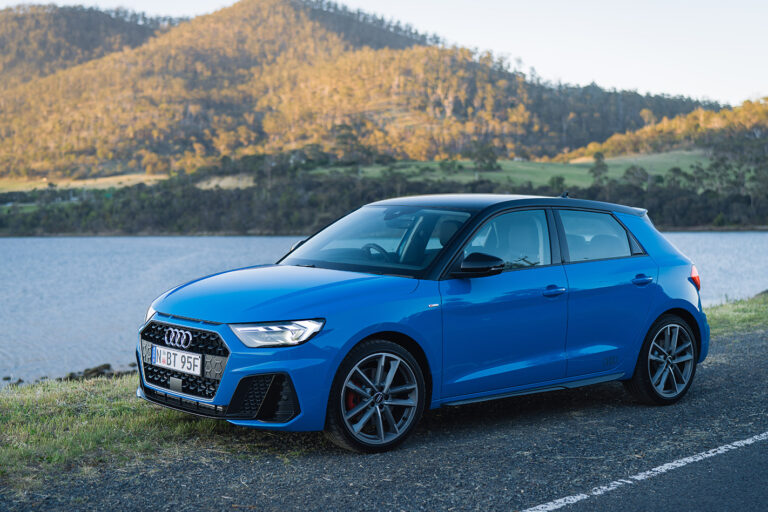 News
NewsNo successor for Audi A1 planned as Euro emissions targets make costs too high
No successor to Audi's smallest offering planned due to tightening emissions regulations
-
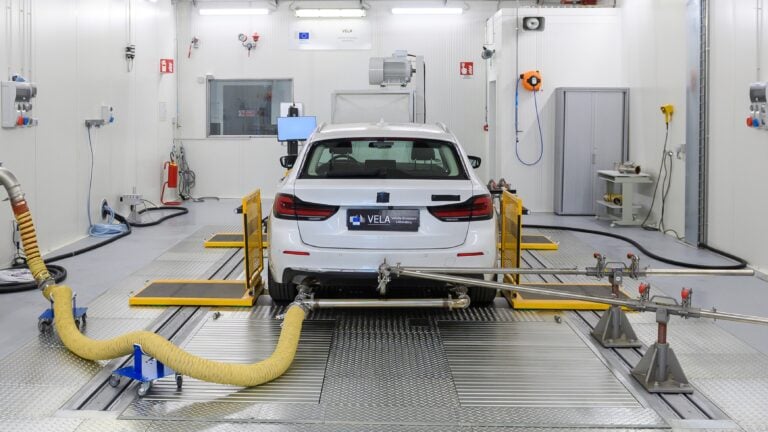 News
NewsEuropean Union expands emissions testing capacity
Two new emissions testing sites will be used to check new cars sold in Europe, in an effort to prevent another Dieselgate
-
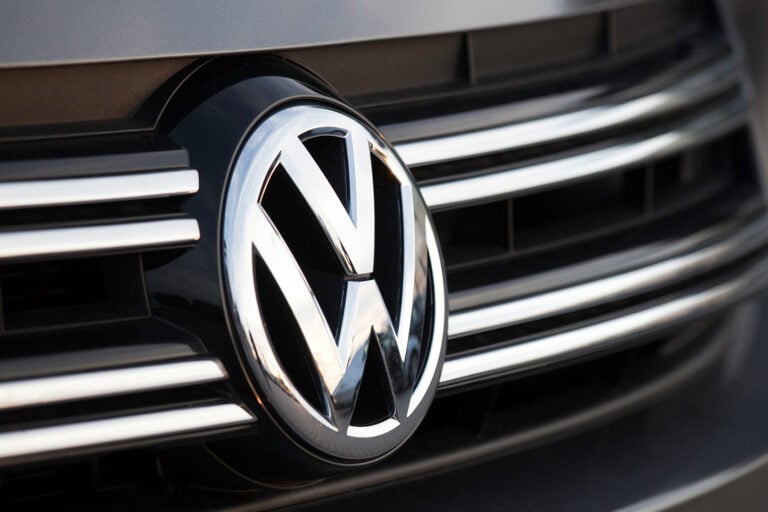 News
NewsEU court in Austria advised Volkswagen vehicles using 'illegal' emissions software
Advisor says the technology can only be legal if helps prevent 'dangerous sudden damage to the engine'




